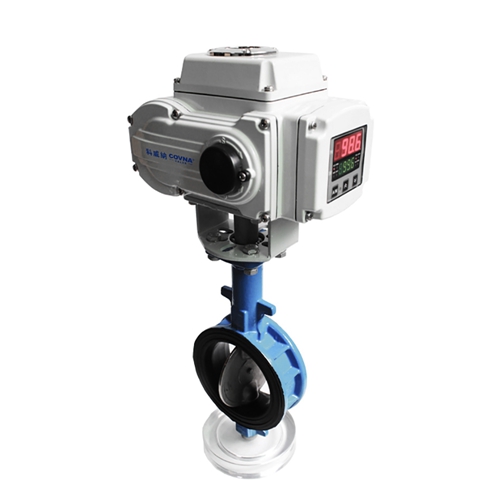Ball Valves

A ball valve is a type of valve that uses a hollow sphere (or ball) to regulate the flow of fluids. The valve has a handle or lever that is used to rotate the ball to open or close the valve. When the ball is rotated 90 degrees, it stops the flow of fluid. Ball valves are widely used in industries such as oil and gas, chemical processing, water treatment, and power generation. The following are some of the key features and benefits of ball valves.
Features of Ball Valves:
1. Simple Design: Ball valves have a simple design that makes them easy to use and maintain.
2. Versatile: Ball valves can handle a wide range of fluids, including corrosive and abrasive ones.
3. High Pressure and Temperature: Ball valves can handle high-pressure and high-temperature applications.
4. Low Torque: Ball valves require low torque to operate, making them suitable for manual controls.
Benefits of Ball Valves:
1. Reliable: Ball valves are highly reliable and can last for many years without requiring any maintenance.
2. Quick Operation: Ball valves can be quickly opened or closed, making them ideal for applications that require rapid flow control.
3. Tight Shutoff: Ball valves provide tight shutoff, preventing leaks and ensuring safety.
Butterfly Valves
A butterfly valve is another type of valve that uses a disc to regulate fluid flow. The valve has a handle that is used to rotate the disc to open or close the valve. When the valve is fully open, the disc is parallel to the flow of fluid. Butterfly valves are commonly used in industries such as HVAC, water treatment, chemical, power generation, and marine industries. The following are some of the key features and benefits of butterfly valves.
Features of Butterfly Valves:
1. Lightweight: Butterfly valves are lightweight, making them easy to install and operate.
2. Cost-effective: Butterfly valves are cost-effective when compared to other types of valves.
3. Quick Operation: Butterfly valves can be quickly opened or closed, making them ideal for applications that require rapid flow control.
4. Low Torque: Butterfly valves require low torque to operate, reducing the amount of force required to operate.
Benefits of Butterfly Valves:
1. High Flow Capacity: Butterfly valves have a high flow capacity due to their large disc size.
2. Tight Shutoff: Butterfly valves provide tight shutoff, preventing leaks and ensuring safety.
3. Maintenance-free: Butterfly valves are maintenance-free and can last for many years.
Conclusion
Ball and butterfly valves are two of the most commonly used industrial valves. Both valves have unique features and benefits that make them suitable for different applications. While ball valves are widely used in high-pressure and high-temperature applications, butterfly valves are commonly used in HVAC, water treatment, and chemical industries. At [company name], we provide high-quality ball and butterfly valves that are suitable for many industrial applications. Contact us today to learn more.